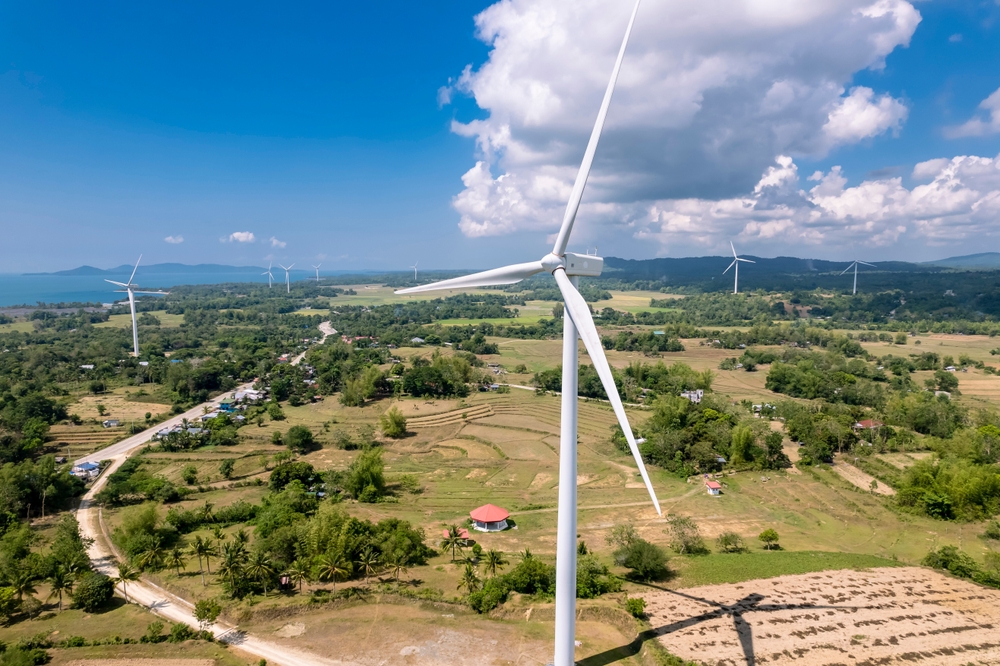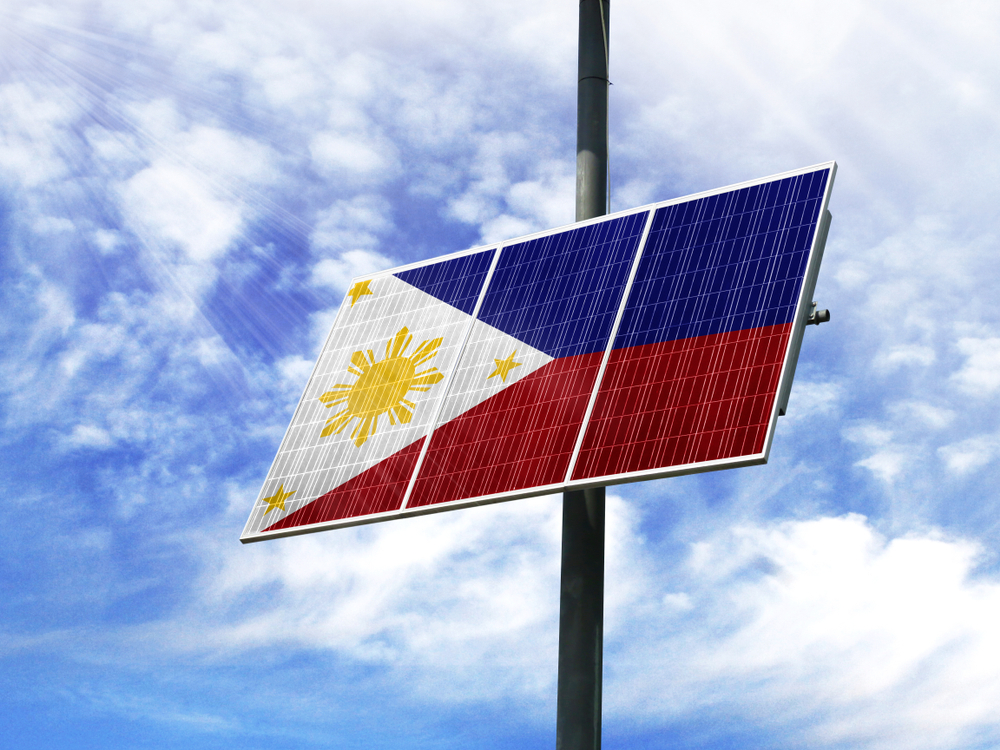Wind power: The Philippines spearheads Asia’s clean energy revolution
The Philippines has set aside its history of rejecting renewables and is setting its sights on becoming the region’s top green power producer

When the windswept town of Bangui got a wind farm in 2004, it was the first in the Philippines and the first in the region.
That pioneering spirit was lost in subsequent years as the country lagged behind its regional peers. However, it has since returned, with the Philippines set to blaze a trail in renewables and leave current leader Vietnam in its dust.
By 2030, the Philippines will have added 17,809 megawatts (MW) of solar capacity and 7,856 MW of wind power, according to a recent report by Global Energy Monitor, a non-profit that catalogues renewables.
That would make it the top green power producer in Southeast Asia and mark a turnaround for a country where renewables have long been neglected.
Asia has made strides in embracing green energy despite its continued reliance on coal.
Between 2009 and 2018, Asia’s installed renewable energy capacity almost tripled from 349.1 gigawatts (GW) to 1,023.5GW.
According to McKinsey, investment in renewables had matured and stabilised at around USD17 billion annually by 2020, with China leading the way.
The country is by far the region’s biggest investor in renewables, accounting for around 90 percent of all Asian investment in renewable energy.
Other major recipients of green investment have been India and Australia.
For many years the Philippines was at the back of the pack.
Despite a law passed in 2008 to encourage higher use of renewables, there was an increase of only 118MW in renewable energy capacity to 5,391MW from 2007 to 2011.
The cost of investment and new infrastructure, coupled with vested interests in fossil fuels, has been one of the reasons for the slow progress in the Philippines. In addition, coal has been propped up by generous tax subsidies, making it hard to ditch.
But the Philippines’ energy sector is entering a new and critical phase as the economy emerges as one of the fastest-growing in the world.
Since lockdowns ended, Filipinos have been desperate to spend cash. Economic Planning Secretary Arsenio Balisacan says strong domestic demand, a rise in jobs, and revenge spending following the pandemic accounted for the economy’s strong finish at the end of last year, growing at its fastest in over a decade at seven percent in 2022.
“We are confident that we will remain in our high growth trajectory,” Baliscan told a media briefing.
The pressure on the economy have forced power producers to turn to coal for nearly 60 percent of their electricity generation and increased coal-fired power emissions by more than 40 percent since 2017.
With economic growth forecast to expand by 5.8 percent in 2023, according to Goldman Sachs, many see this as unsustainable.
The Malampaya gas field off Palawan province has fuelled four power plants owned by First Gen Corp. that supply about 2,000MW to the major island of Luzon. It had also fuelled San Miguel Corp.’s 1,200MW Ilijan power plant until a supply contract expired last year. But its annual output is dwindling, with the gas field estimated to run dry by 2027.
The government has tried to offset this by importing natural gas, but this has become more expensive than domestically supplied gas and is driving up already high inflation, putting the government in an awkward position.

To find a solution, the government announced late last year that it would remove stipulations that require energy assets to be owned by Filipinos, paving the way for unprecedented foreign investment. Already, nine Chinese firms have committed a collective USD13.76 billion.
One of the countries the Philippines will be hoping to surpass is Vietnam, the poster child for renewables in Southeast Asia.
The question for both is whether they can stay the course—keep the economy growing and push on with renewables. With companies needing to be seen to be more environmentally conscious, this could prove an incentive.
Thailand and Indonesia are expected to ramp up their renewable energy supply capacity over the coming years, further intensifying competition.
The next administration should be aggressive in increasing our renewable energy programs by encouraging companies to build more solar, wind, and hydrogen power plants
Joey Bondoc, associate director for research at Colliers Philippines, said the move towards renewables should be embraced given the government’s backing for them, particularly in the property market.
More residential and office developers are embracing the path to a greener future. Developers are now applying for sustainable and green building certifications and this bodes well for the property sector.
Jennifer Morgan, German special envoy for international climate action, said the Philippines has “tremendous” renewable energy resources to be harnessed.
“I think there is a gigantic potential here for solar rooftops and offshore wind,” she said at an event in Makati City in April.
In 2016, when Rodrigo Duterte was president, then Senator Ferdinand ‘Bongbong’ R. Marcos Jr. said: “The next administration should be aggressive in increasing our renewable energy programs by encouraging companies to build more solar, wind and hydrogen power plants.”
He has been true to his word as president of the nation. Everyone will hope it stays like that for the sake of the planet.
This article was originally published on asiarealestatesummit.com. Write to our editors at [email protected].
Recommended
Why everyone is moving to Selangor and Johor: Malaysia’s real estate comeback
Malaysia’s upturn in fortunes is especially prevalent in secondary destinations such as Selangor and Johor
Penang’s silicon boom: How the US-China tech war is supercharging local real estate
Penang’s booming semiconductor industry has created ripples within the local real estate sector
New leader, new opportunities: How Hun Manet is shaking up Cambodia’s real estate game
Hun Manet is overseeing decent economic growth and widening access to the country’s real estate market for foreigners
Singapore embraces inclusive housing reforms amid resilient demand
The Lion City’s regulatory strength continues to exert appeal for international investors








